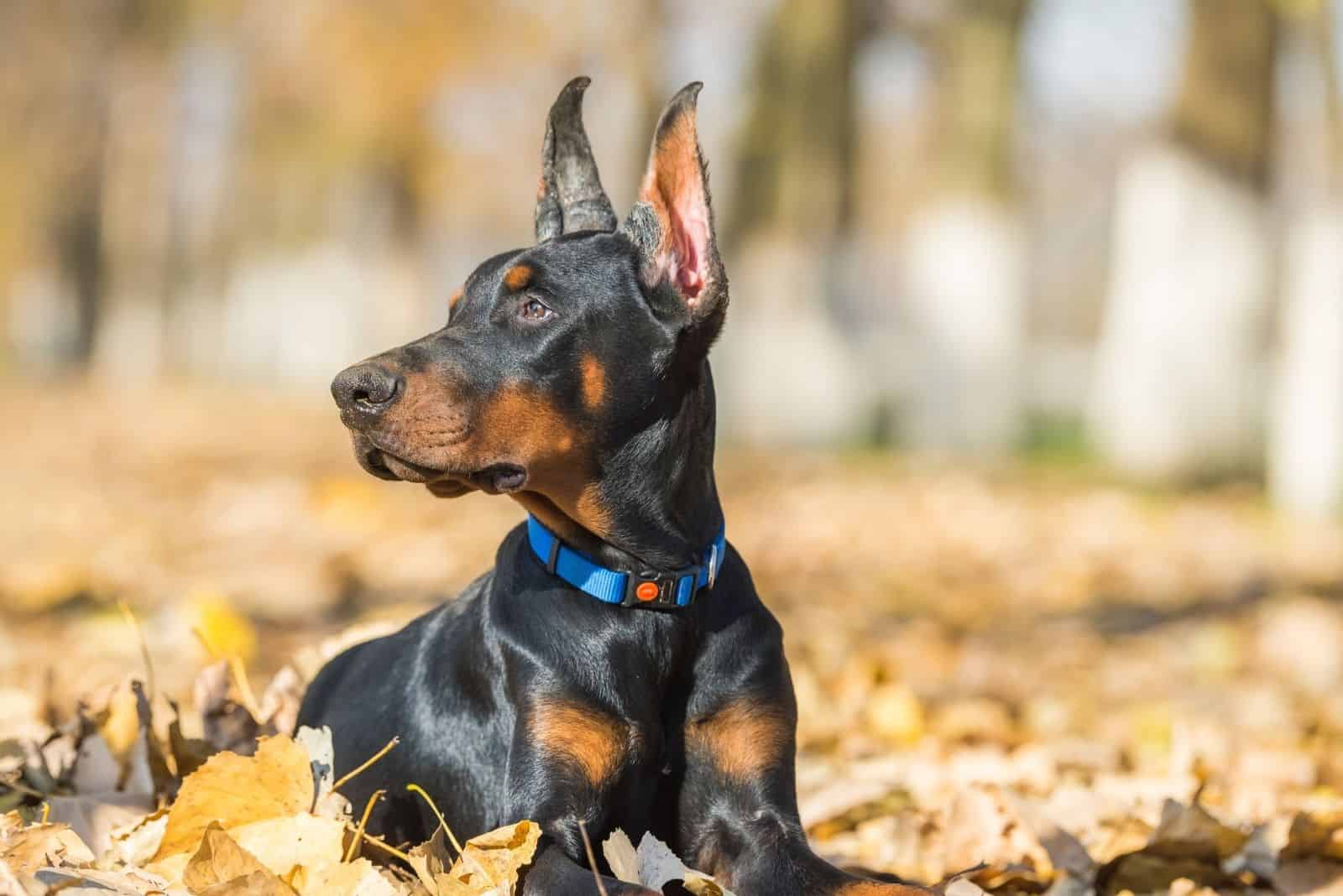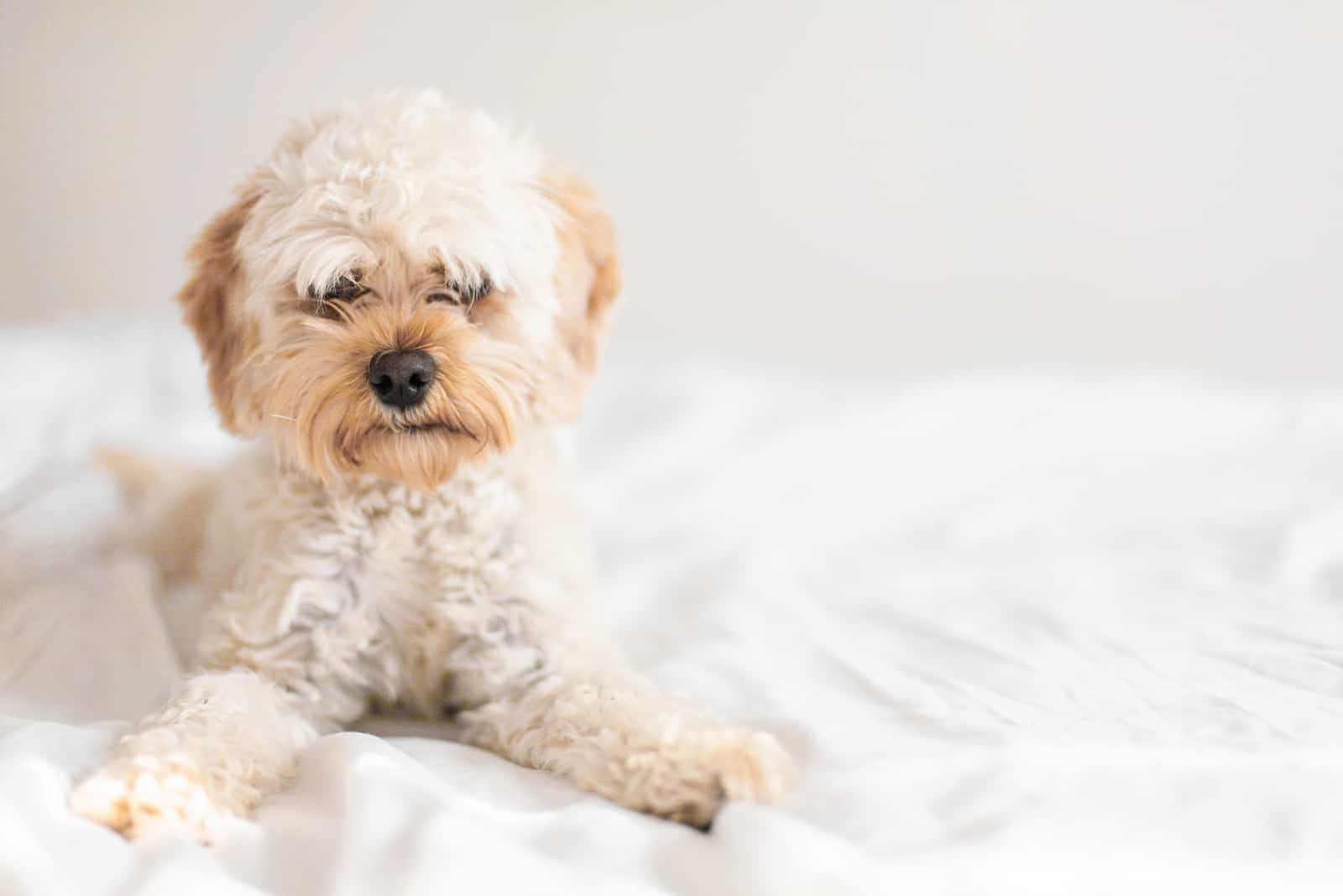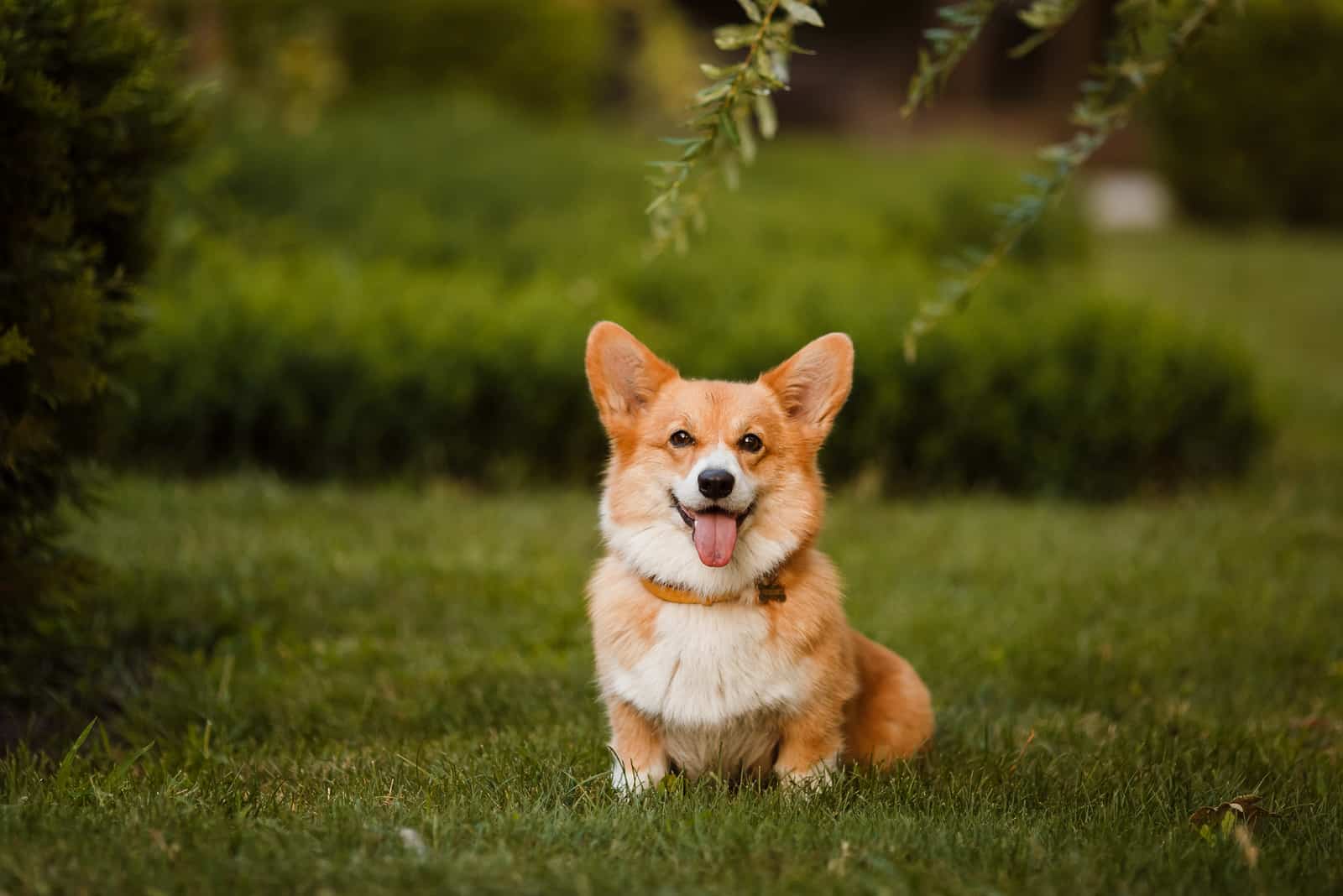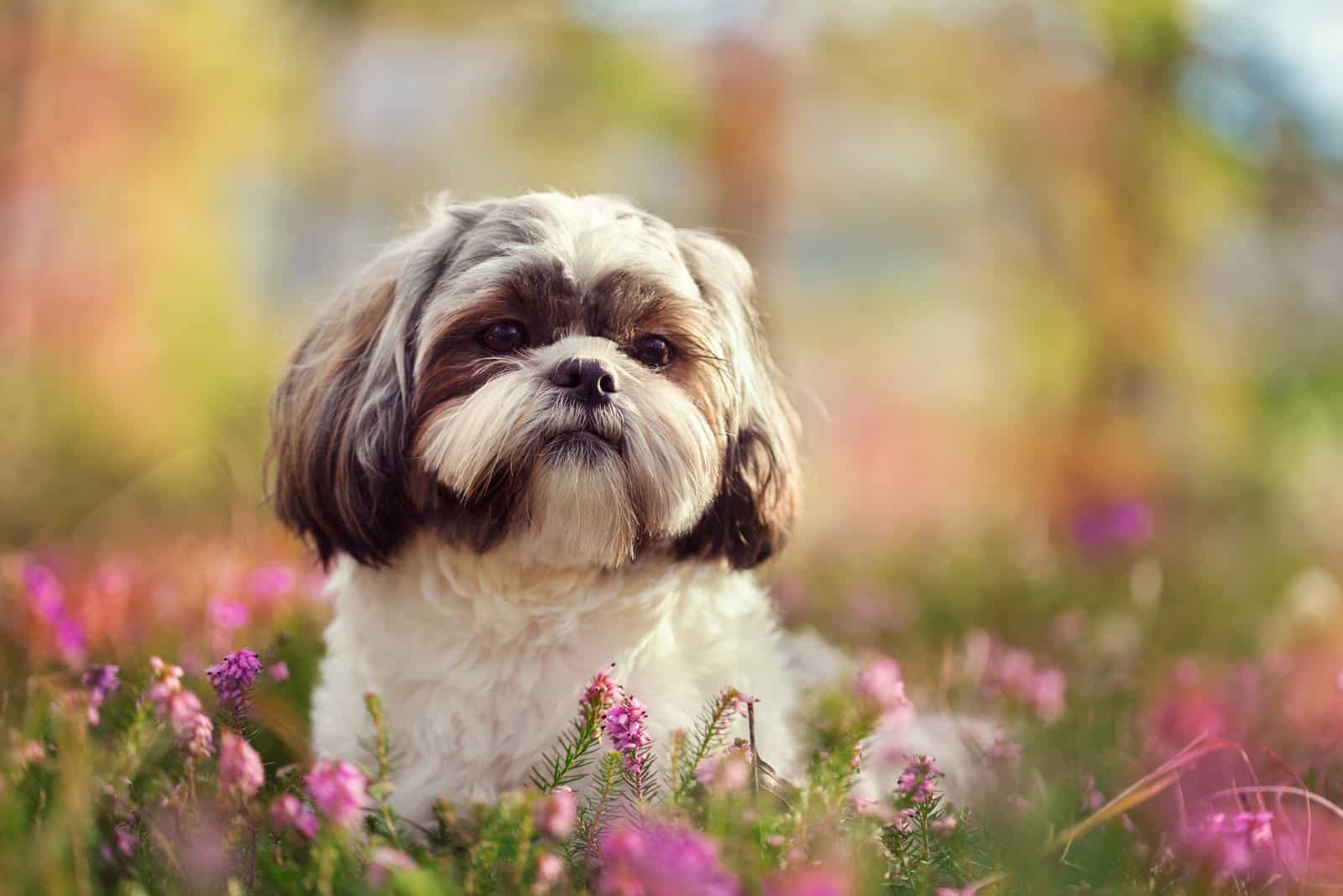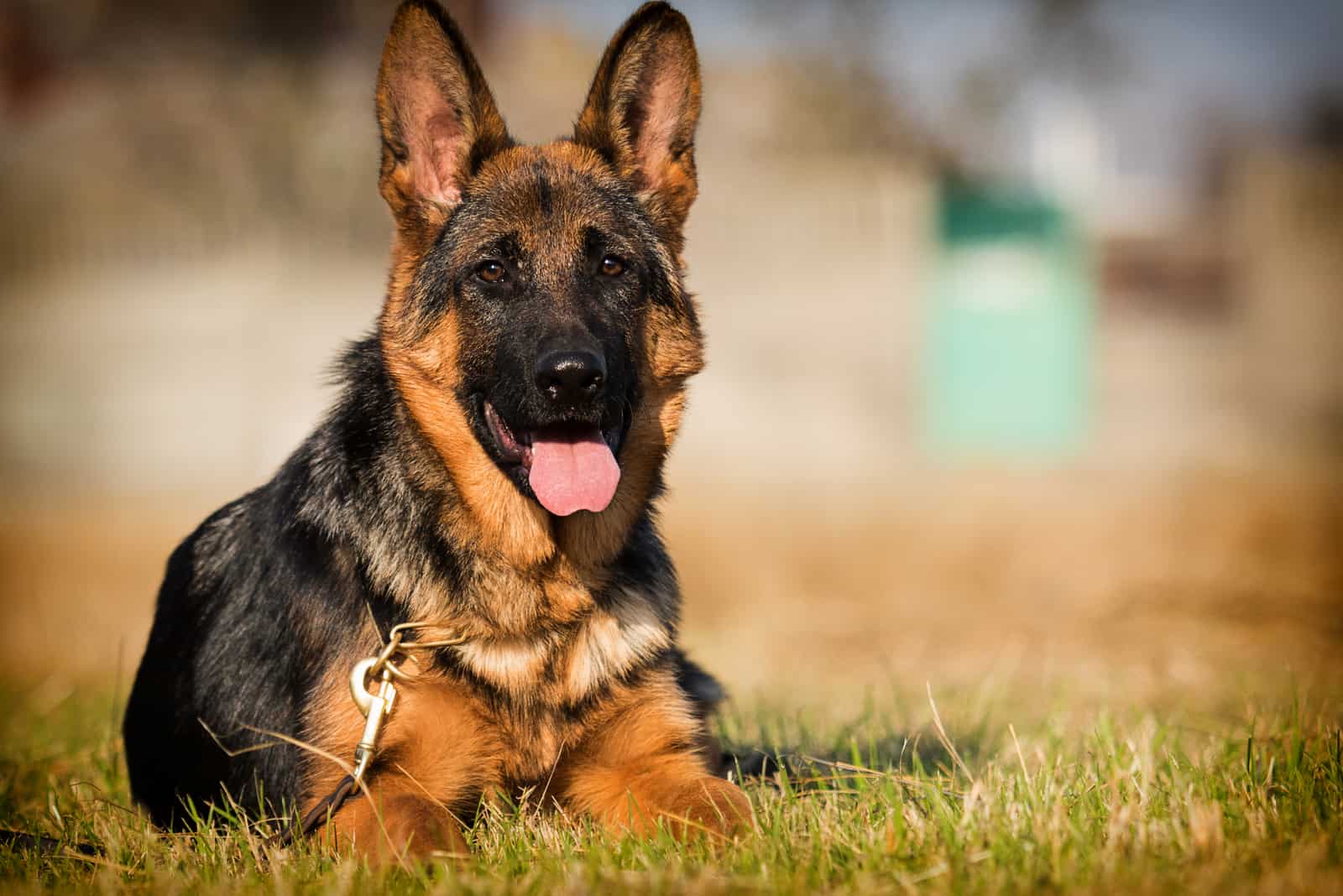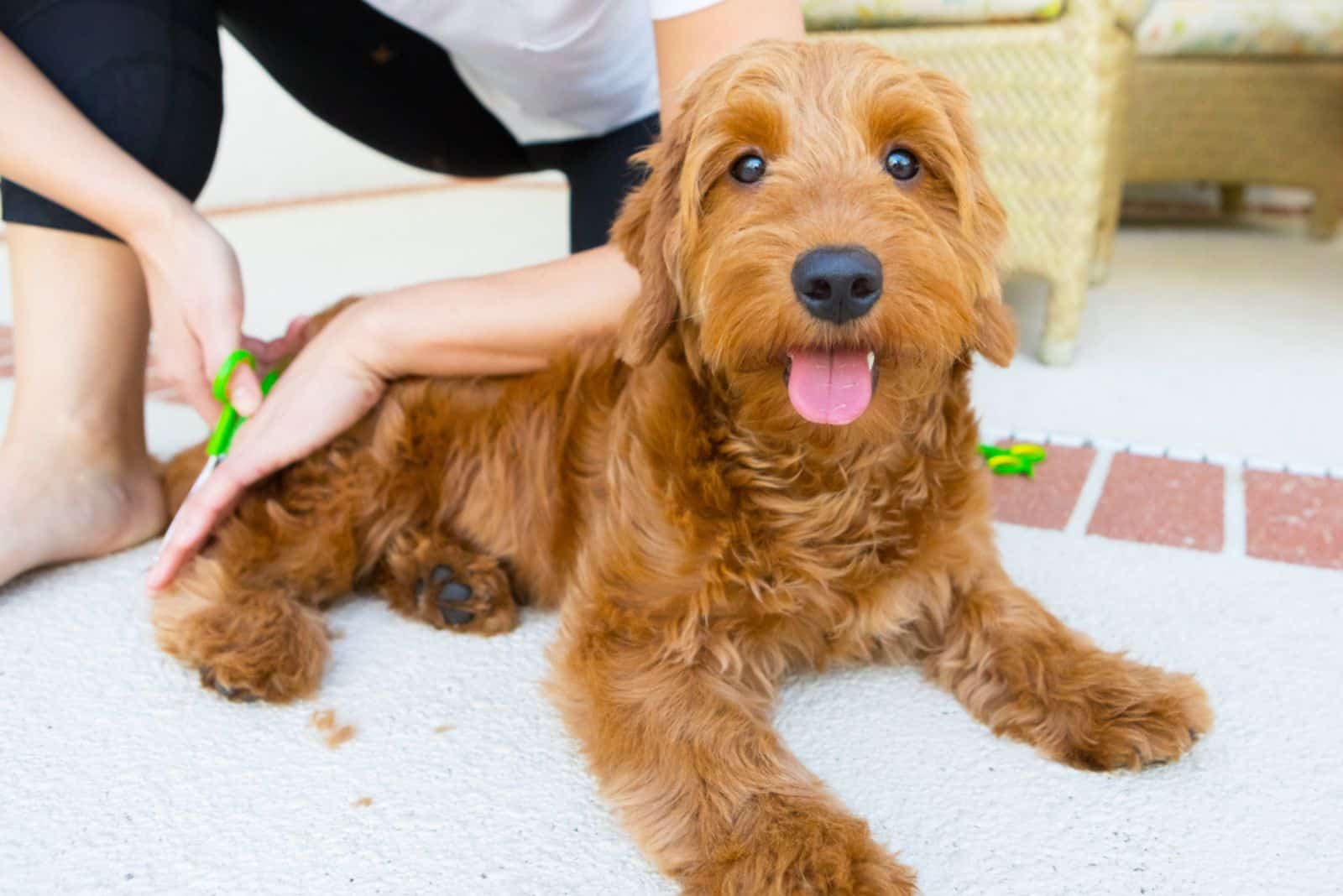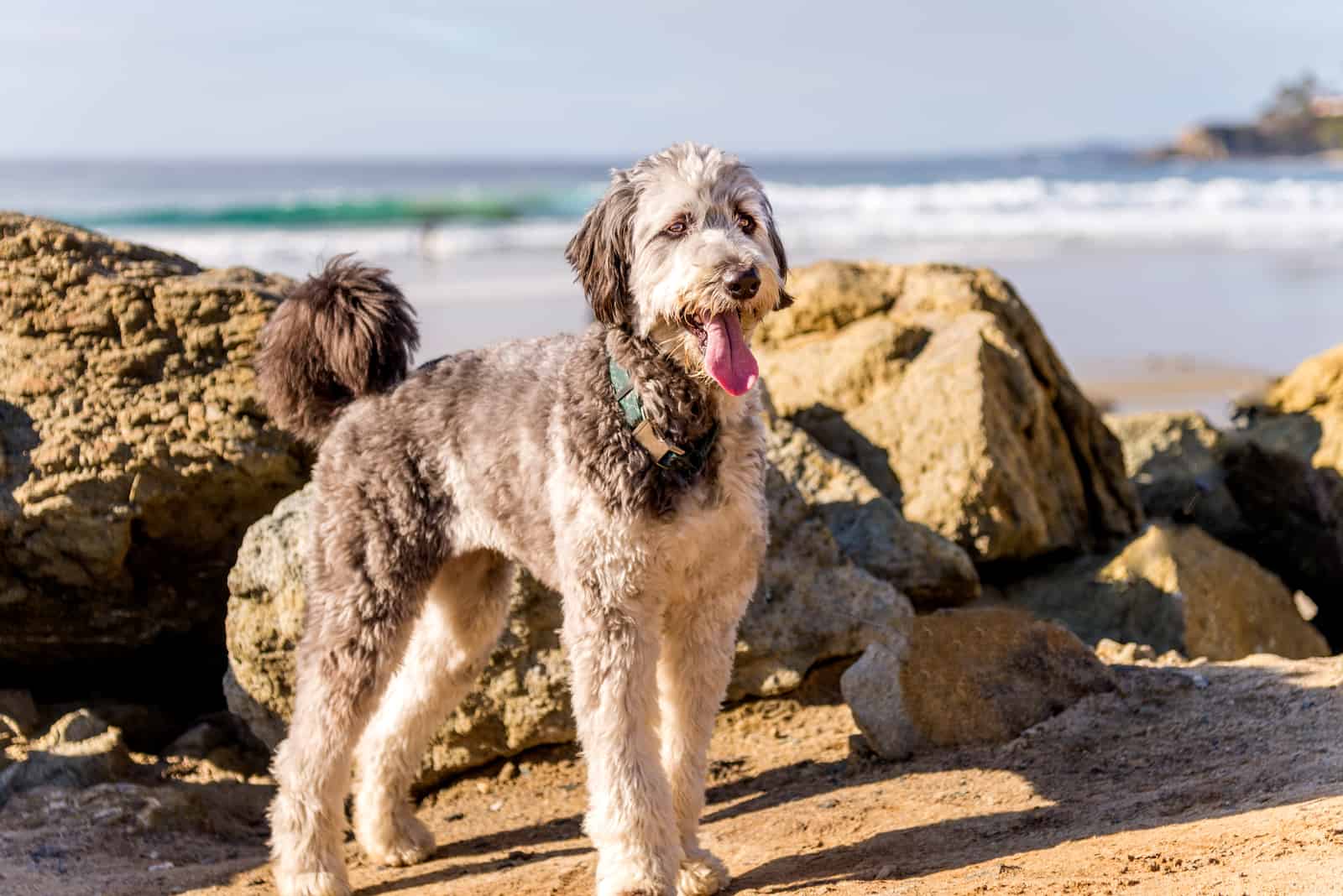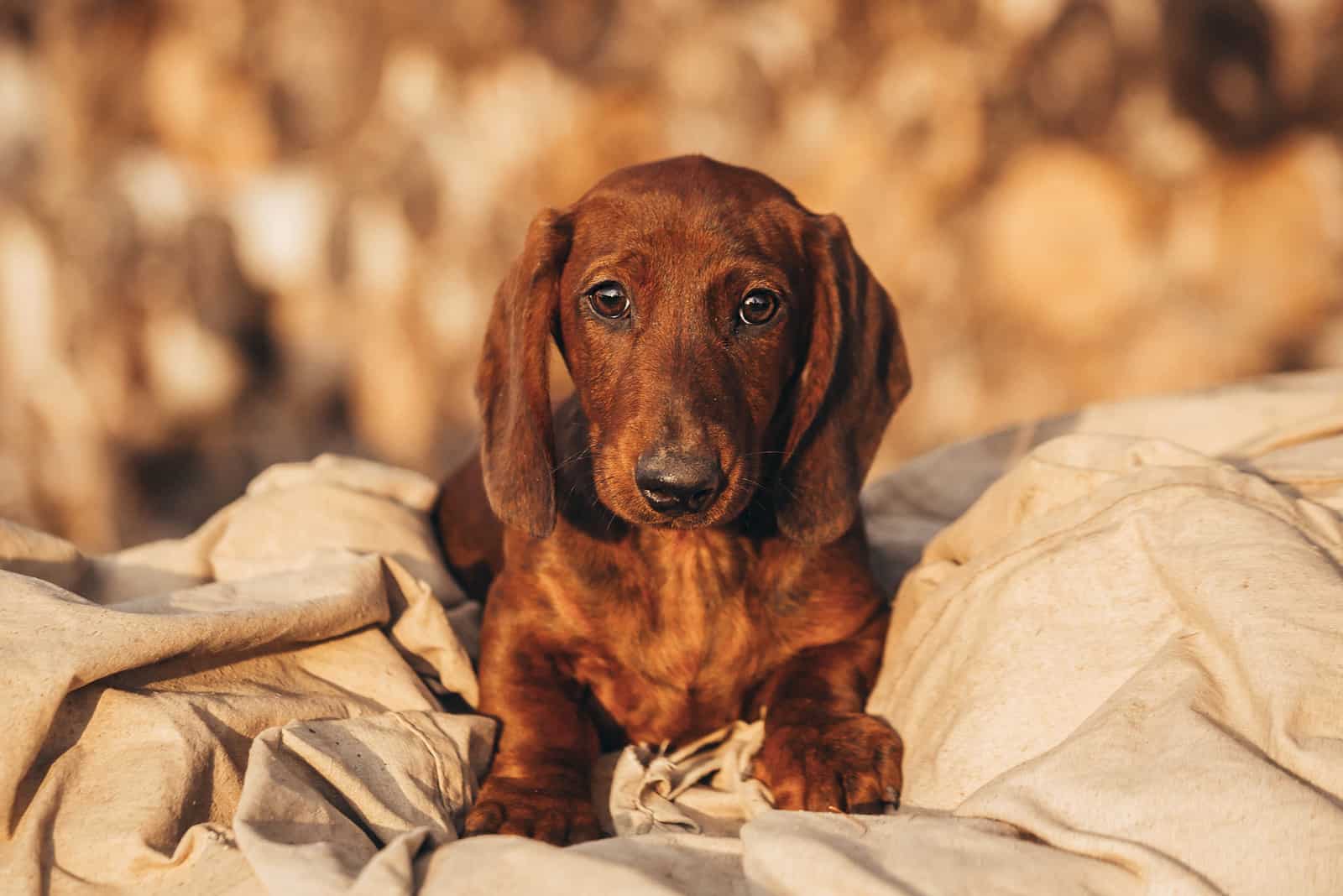The Great Pyrenees started as working dogs, protecting the livestock and Shepherds in the mountains of Spain and France. Their work ethic and calm, confident demeanor were recognized by the French royalty, so in 1675, King Louis XIV declared them as Royal Dogs of France.
Today, these beautiful, intelligent pups are usually family dogs that spend their time playing or lounging around the house.
The Great Pyrenees’ shedding tendencies served a much-needed protective purpose throughout their history. However, it can be a source of frustration for their owners today.
No one likes having to constantly clean the loose hairs from their homes, but it’s the price we gladly pay for enjoying the company of our furry friends.
If you’re curious about exactly how much Pyrs shed, and if there is anything you can do to minimize it, then read on and you’ll get the answers!
The Great Pyrenees’ Coats
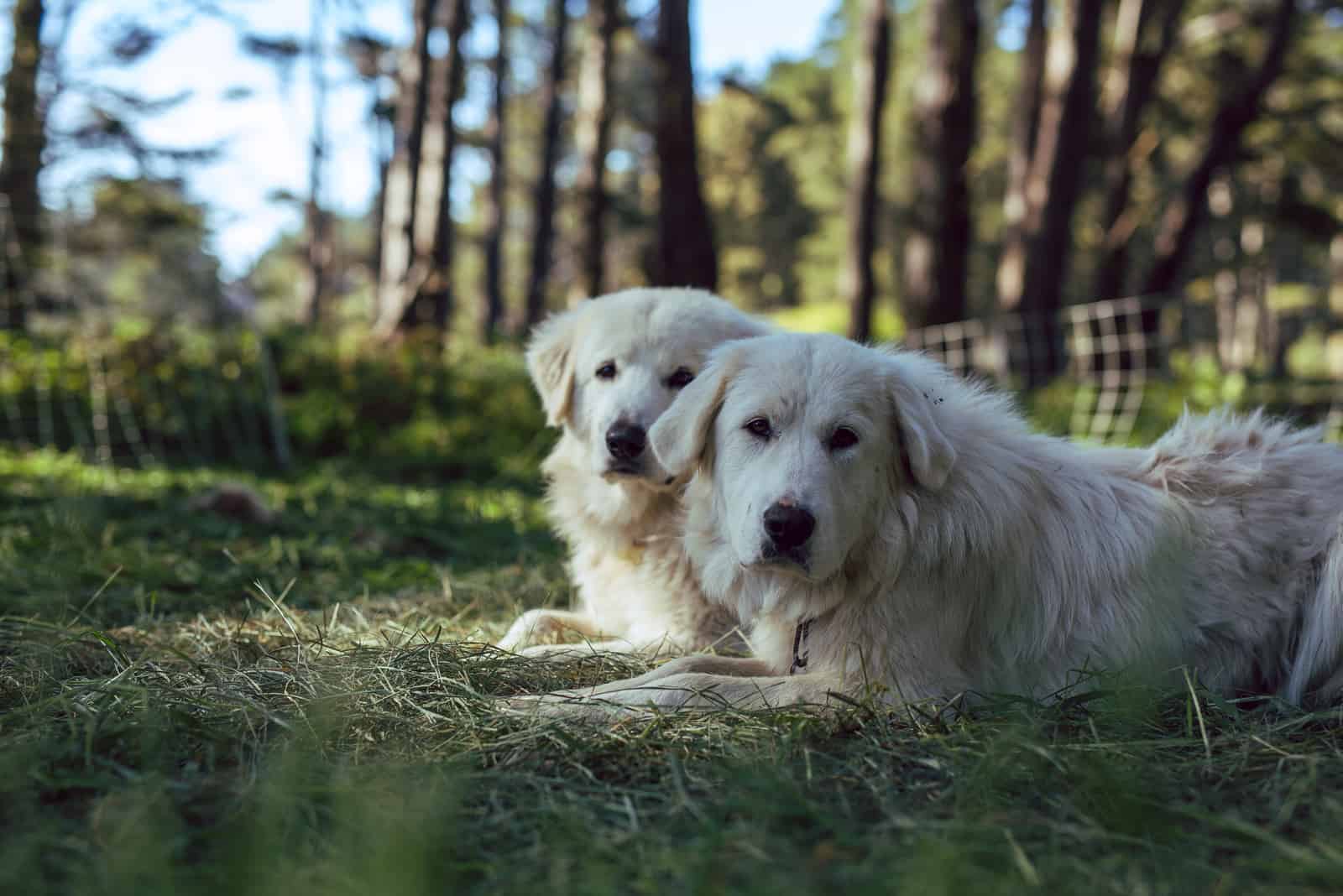
The Great Pyrenees, or the Pyrenean Mountain Dog as they’re called in Europe, has a very rich history. These friendly, gentle giants were first bred to work with peasant shepherds and herding dogs in the Pyrenees Mountains, which explains their names.
Their appearance, and especially their coat, was a great asset that helped them carry out their tasks. With weather-resistant, thick double coats, they could spend days looking after the sheep in the cold mountains.
It also helped them look more intimidating, which they needed in order to protect the herd from predators.
The outer coat is long, thick, flat, and coarse in texture. It can be straight or slightly wavy, but according to the AKC breed standard, curly hair is considered a fault. The undercoat is dense, fine, and woolly, and it can either be white or shaded in color.
Around the neck, the coat forms a ruff or a mane, which is more pronounced in male Pyrs. There is also feathering along the legs, giving them a pantaloon effect.
What about Great Pyrenees coat colors? Most Pyrenees have a completely white coat, but they can have markings of gray, badger, reddish-brown, or tan. These markings shouldn’t cover more than a third of their bodies, and they usually appear on the head, the ears, or the tail.
Do the Great Pyrenees shed a lot?
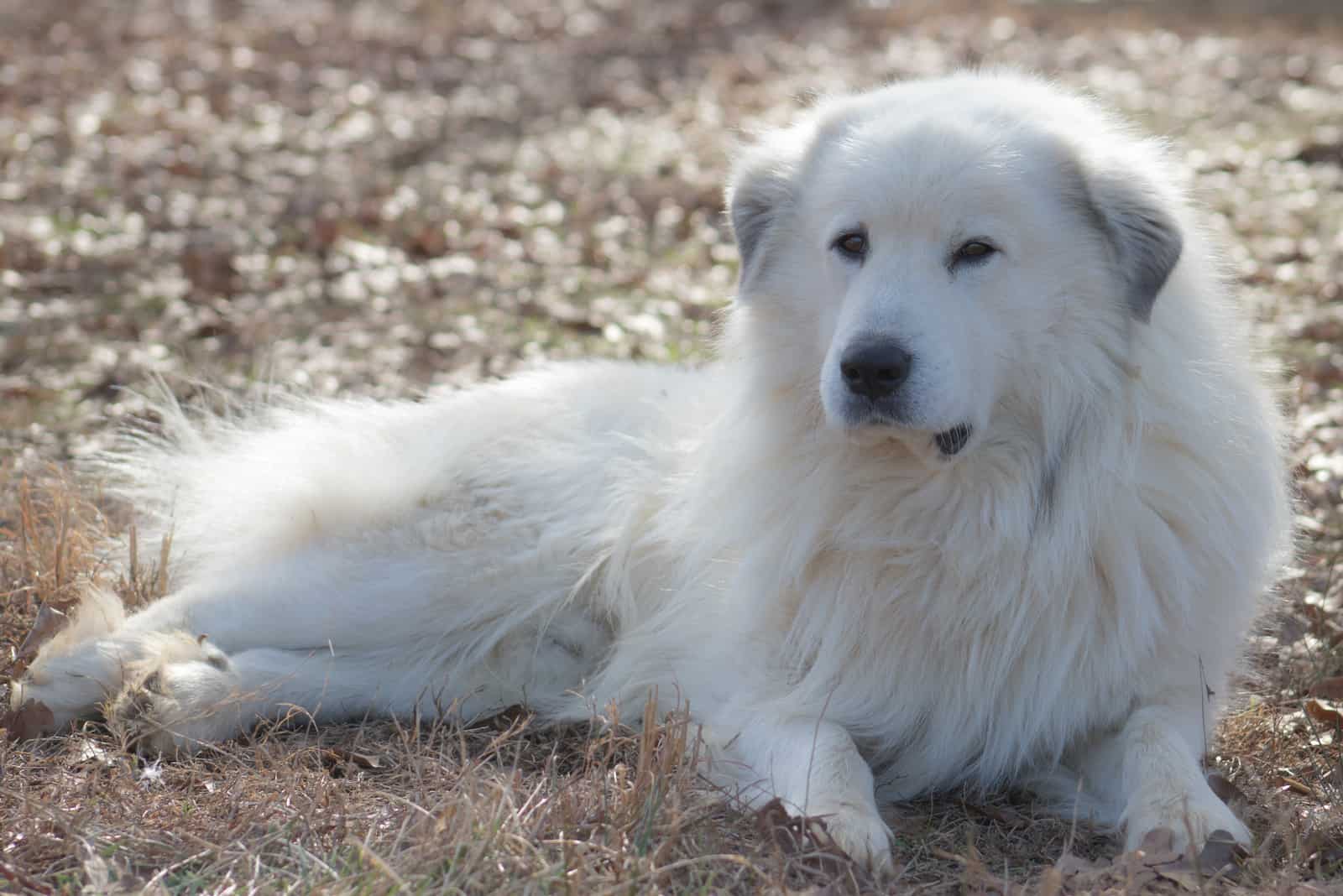
The Great Pyrenees are known to be heavy shedders. Although the AKC puts them in the category of seasonal shedders, they can shed throughout the year. They’re huge, long-haired dogs with dense coats, so there’s just no way to avoid shedding.
Some dogs shed less than others, but all dogs shed to some amount. When living with a furry friend, you learn to accept that your house and clothes will be covered in hair.
No matter how frustrating constant cleaning can be, the love we receive in return is worth it.
But, why do the Pyrenees shed so much?
It all comes down to their history as working dogs. While spending all day up on the mountain, Pyrs needed to be protected from both the harsh sun in the summer and the freezing temperatures in the winter.
Replacing the dead hair through shedding keeps the dog’s coat healthy, so it can serve its protective purpose.
The Great Pyrenees of today may be family dogs, spending their time lounging on the couch, but they still have the genes of their ancestors.
Another reason why Pyrs shed more compared to some other dog breeds is their size. It seems obvious that the bigger the dog is, the more hair there will be laying around the house. There are, however, some large breeds that are low-shedders, but the Pyrenees are simply not one of them.
Having a double coat also affects the amount of shedding. Single-coated dogs typically shed less. The best example of this is the Poodle, which is known to be the best dog for allergy sufferers.
Are the Great Pyrenees hypoallergenic?
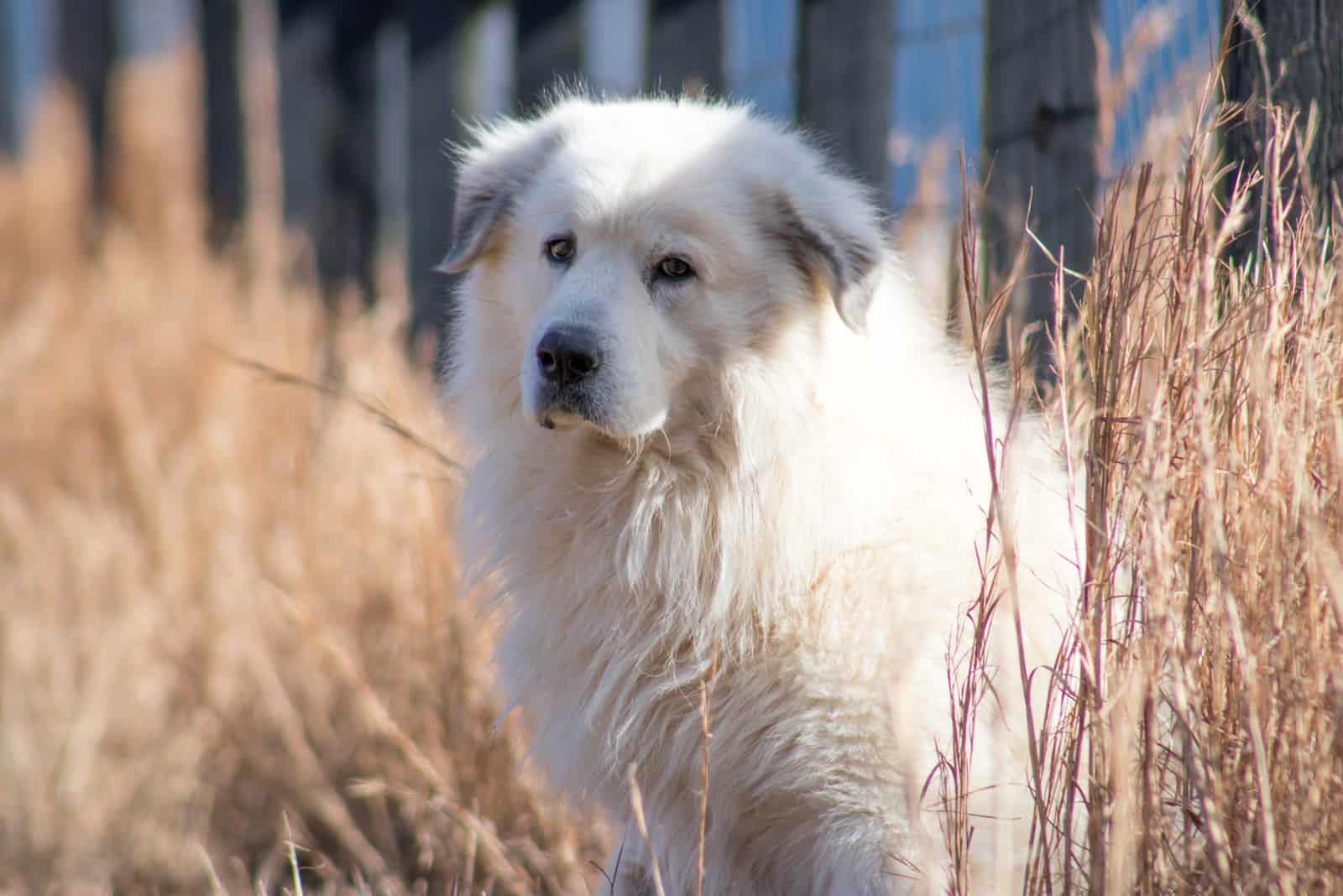
As we’ve already explained, the Great Pyrenees shed a lot, which means they’re far from being hypoallergenic. If you have a dog allergy, or if you’re living with someone who does, you’ll be disappointed to find out that the Pyrs are not the best choice as a pet.
There’s no such thing as a truly hypoallergenic dog, though some breeds do cause fewer allergic reactions. With the number of pet allergies increasing in recent times, these low-shedding dogs have gained a lot of popularity.
Most dog allergies are caused by pet dander or drool, and not by dog hair as many believe.
Apart from being high-shedders, the Great Pyrenees also have a tendency to drool, which makes them even less allergy-friendly.
Do the Great Pyrenees shed all year?
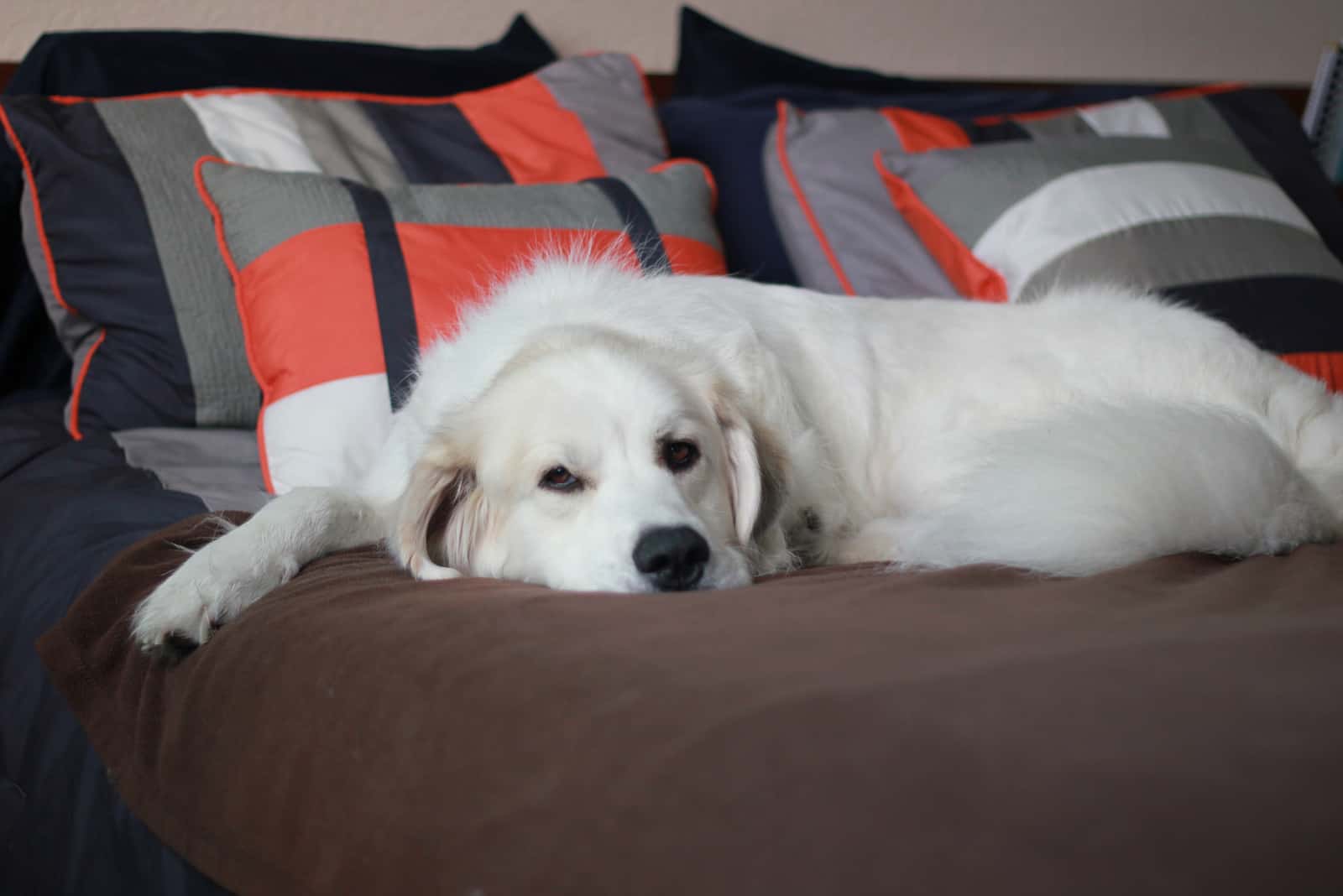
The Great Pyrenees are seasonal shedders, meaning they shed profusely during spring and fall. However, future dog owners need to be prepared for some amount of shedding throughout the year.
The hair goes through different phases of growth, so year-round shedding is normal for all dogs. The length of these phases depends on the dog’s genetics, age, hormones, environment, and health. With dogs that have a double coat, the hair of the undercoat is replaced quickly while the topcoat grows a lot slower.
Once the dog’s hair grows to its full length, it will be maintained until it gets damaged and new hair grows to replace it. There are dog breeds whose hair grows continuously, which helps them shed less, but they require more grooming and regular trimming.
Many double-coated dogs, including the Great Pyrenees, blow their coats seasonally due to temperature changes. For dog owners, the shedding season is the cleaning season. Regular brushing can help to an extent, but the cleaning job never seems to be over.
It would be hard to endure the summer temperatures with their dense, thick coats, so Pyrs start replacing them with lighter ones during the spring. In the fall, they start growing their winter coats once again in preparation for the cold weather season.
What can cause excessive shedding?
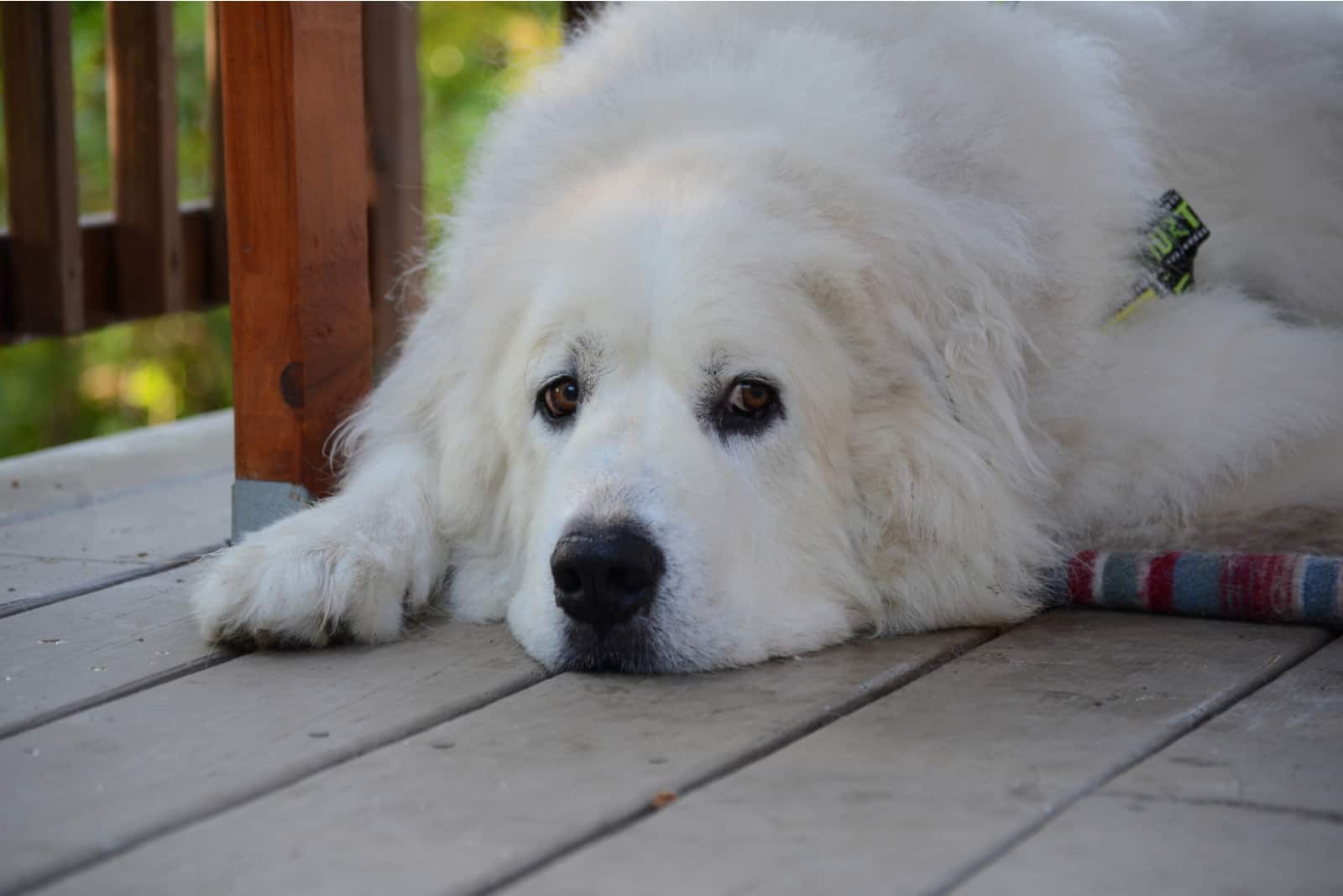
It’s clear by now that Pyrs shed a lot, but if it reaches a point where it becomes excessive, it could be a sign that something is wrong. Excessive shedding can be caused by stress, a poor diet, or different health issues.
You may have noticed that your dog tends to shed more in stressful situations; for example, during a vet visit. This type of shedding usually stops when he’s back in his comfort zone. However, some dogs are under constant stress due to changes in their routine.
If your pup has started shedding more than usual after you’ve brought a new person into his life or after you’ve moved to a new place, this may be the reason for it.
Another thing that can affect the rate of shedding is food. A healthy coat requires a good, balanced diet. Your dog’s meals should primarily consist of animal protein, with the right amount of fats, grains, and carbohydrates.
Great Pyrenees dogs are big, so they can eat quite a bit compared to smaller breeds. This is the reason why owners sometimes rely on cheaper dog foods to meet their pets’ nutrition requirements.
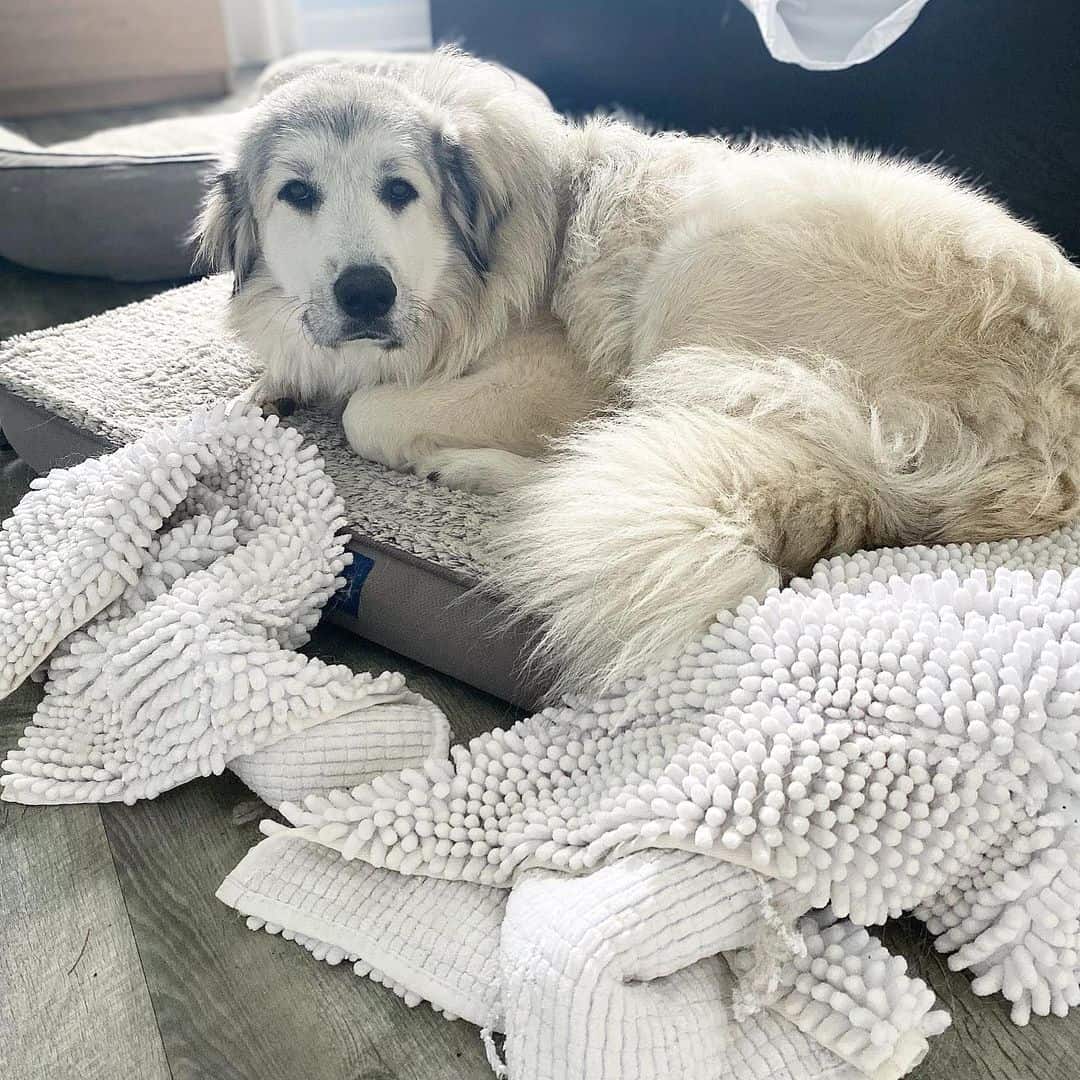
Photo from @thefloofcrew
Even though it’s more expensive, getting your pup higher-quality food will make them healthier overall, and it will lead to less shedding.
Skin irritations are often the cause of abnormal shedding, and the most common reason behind them is dry skin. Bathing your dog too often washes away their natural body oils, drying out their skin. It’s also important not to use human products; after all, a good dog shampoo is not that hard to find.
Dogs can be as prone to allergies as we are, so an allergic reaction might be the reason why your pup has suddenly started shedding more. The best way to deal with this is to figure out what they’re allergic to and remove it from their life, if possible.
A change in the shedding rate can be an indication of serious health problems, like hypothyroidism, Cushing’s disease, inflammatory bowel disease, bacterial infections, or parasites.
It’s always a good idea to contact a vet when you notice any change in your dog’s behavior.
Can Great Pyrenees be shaved?
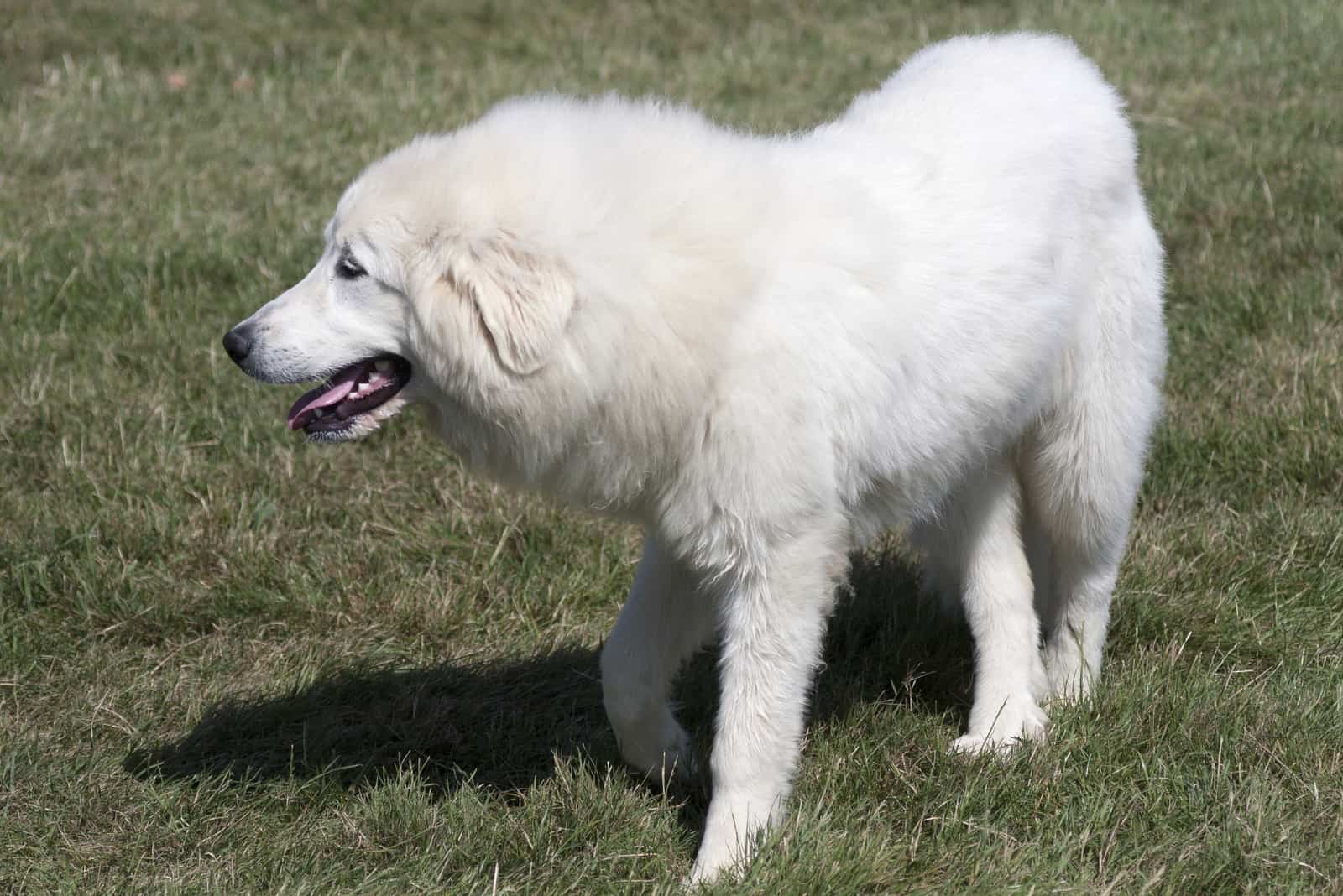
Many dog owners mistakenly believe that shaving their Pyr’s coat in the summer will help them feel cooler. It’s hard to watch your pup suffer in the heat, and you want to do everything in your power to help him.
If wearing fewer clothes helps us, then wouldn’t having less fur help them, too? The answer is: No, it wouldn’t. It will actually make them hotter.
The function of the undercoat isn’t only to keep them warm during the winter, it also protects them from the hot temperatures in the summer. A shaved Great Pyrenees might shed less, but the dog’s skin is more likely to get sunburned.
Without their fluffy coats, they’re more exposed to insect bites and scratches. Another downside of shaving double-coated dogs is that their hair might not grow back in time to protect them from the cold.
It can also have long-term consequences resulting in changing the texture or the color of the dog’s coat. After shaving, the hair of the undercoat grows back faster and can interfere with the growth of the guard hairs.
The conclusion is simple: if you’d like to keep your pooch from getting too hot in the summer, there are better ways to do it than shaving them.
Take them for walks in the morning or evening when it’s not as hot outside, and always make sure they have access to water and shade. Regular brushing and bathing also help a lot with cooling them off.
The Great Pyrenees grooming requirements
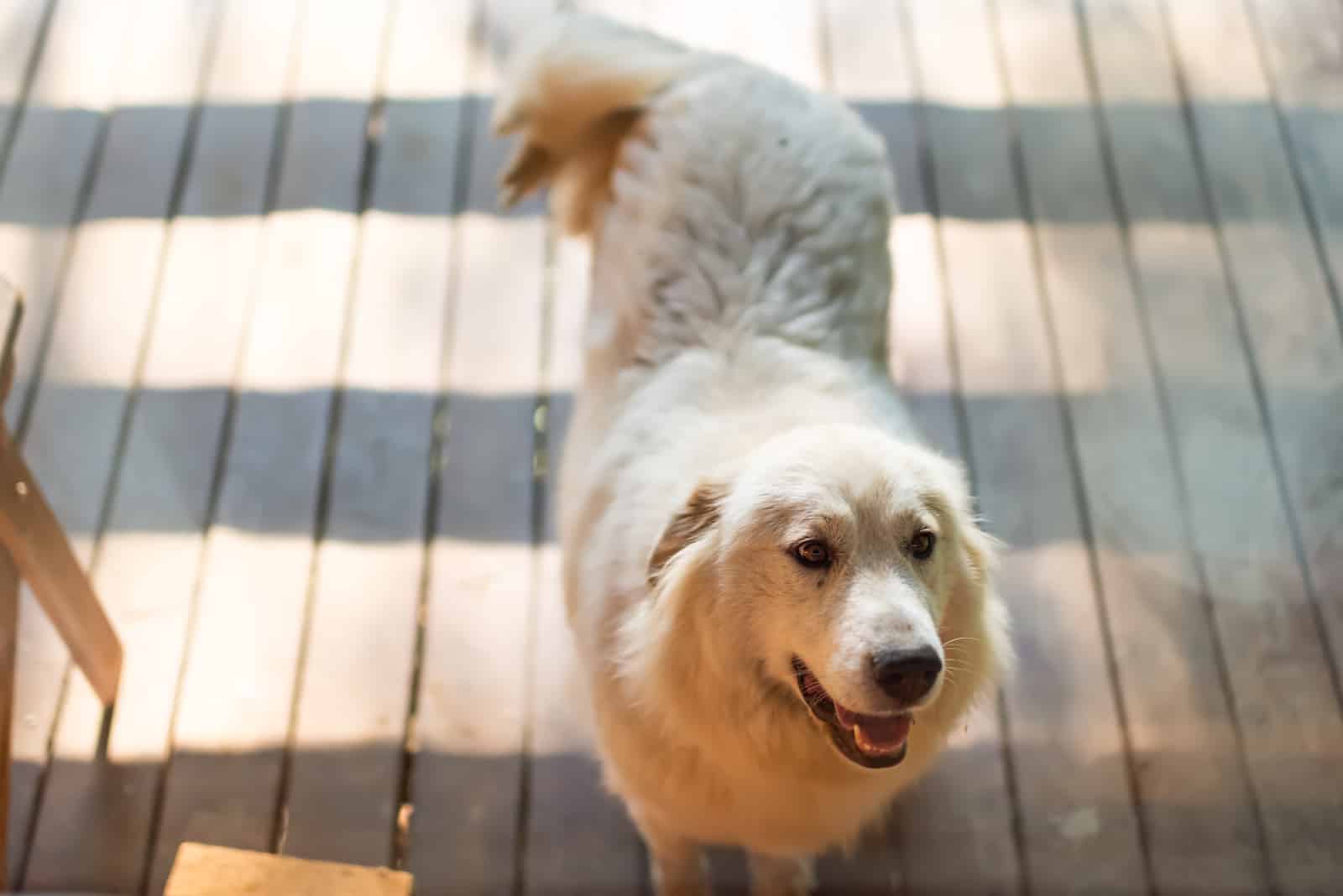
Despite how they look, Pyrs are not high-maintenance. If you’re thinking about getting a Great Pyrenees puppy, you’ll be glad to know that they don’t require frequent visits to the groomer.
However, like all dogs, they do need regular grooming. This includes brushing, nail-clipping, teeth-brushing, and ear-cleaning, as well as occasional bathing.
Thirty minutes a week of brushing and inspection will do the trick of keeping the dog healthy and its coat tangle-free.
To properly brush their long, thick coats, you’ll need to have the right tools. It’s best to start with an undercoat rake, which pulls out the dead hair from their undercoat. It’s especially useful during the coat-blowing seasons when Pyrs shed the most.
After you’re done with this part, it’s best to follow up with a curved slicker brush. This will get rid of any loose hair stuck in the topcoat. You can also use a pin brush or a bristle brush, although they may not be as effective.
Pyrs’ coats are tangle- and mat-resistant, but if your pup’s fur does get tangled, a detangling brush or a spray-on detangler should solve the problem. If the problem is a bit more serious, then you may need to cut the mats and tangles out. Be extra careful when doing this, so the scissors don’t hurt them.
The fur around their paws should be trimmed since it can cause them to slip on smooth surfaces. It can also help them cool off in the summer as the dog’s sweat glands are located on its paw pads.
If you’d like to enter your pup in a dog show, the Great Pyrenees Club of America has guidelines for trimming and grooming. They advise the eyebrows and whiskers to be removed, the ears, paws, and hocks to be trimmed, and the toenails to be kept short.
Trimming the dog’s toenails and dewclaws should be a part of your regular grooming sessions. They curl as they grow, so if they get too long, it can cause the dog pain.
It’s always a good idea to inspect your pup’s eyes and ears before you get to the grooming. If you don’t notice anything problematic, you can clean their ears with a soft cotton ball to prevent infections.
Another incredible thing about these big, white balls of fluff is that their coats are self-cleaning. After the mud dries, it simply falls off, which is why they only need to be bathed once every couple of months.
How to control a Great Pyrenees shedding

Shedding is a normal part of a dogs’ life, and we, as pet owners, learn to accept it as a part of ours, too. Owning a high-shedding dog like the Great Pyrenees means there’s always going to be hair flying around the house. Although this can’t be completely avoided, there are ways to minimize it.
The first step is learning to differentiate between normal and excessive shedding. If you notice your dog is shedding abnormally, be sure to contact a vet to rule out any possible health problems that may be causing it.
Ensuring that your dog has a healthy diet with proper water intake can also help minimize the amount of shedding.
The best way to control shedding is through grooming. By choosing the right grooming tools and brushing your dog’s fur regularly, you’ll be able to remove the damaged hair stuck in their coats.
One more thing to keep in mind is that you shouldn’t bathe your dog too often. Frequent baths wash away the dog’s natural body oils, drying out their skin, which leads to more shedding.
Unless your pup gets covered in mud or dirt, an occasional bath every couple of months should be enough to keep them clean. People and dogs have different skin pH, so washing them with human products can severely damage their skin.
Using a de-shedding dog shampoo and conditioner helps moisturize the dog’s skin and fur, helping you in your fight against dog hair.
Final thoughts
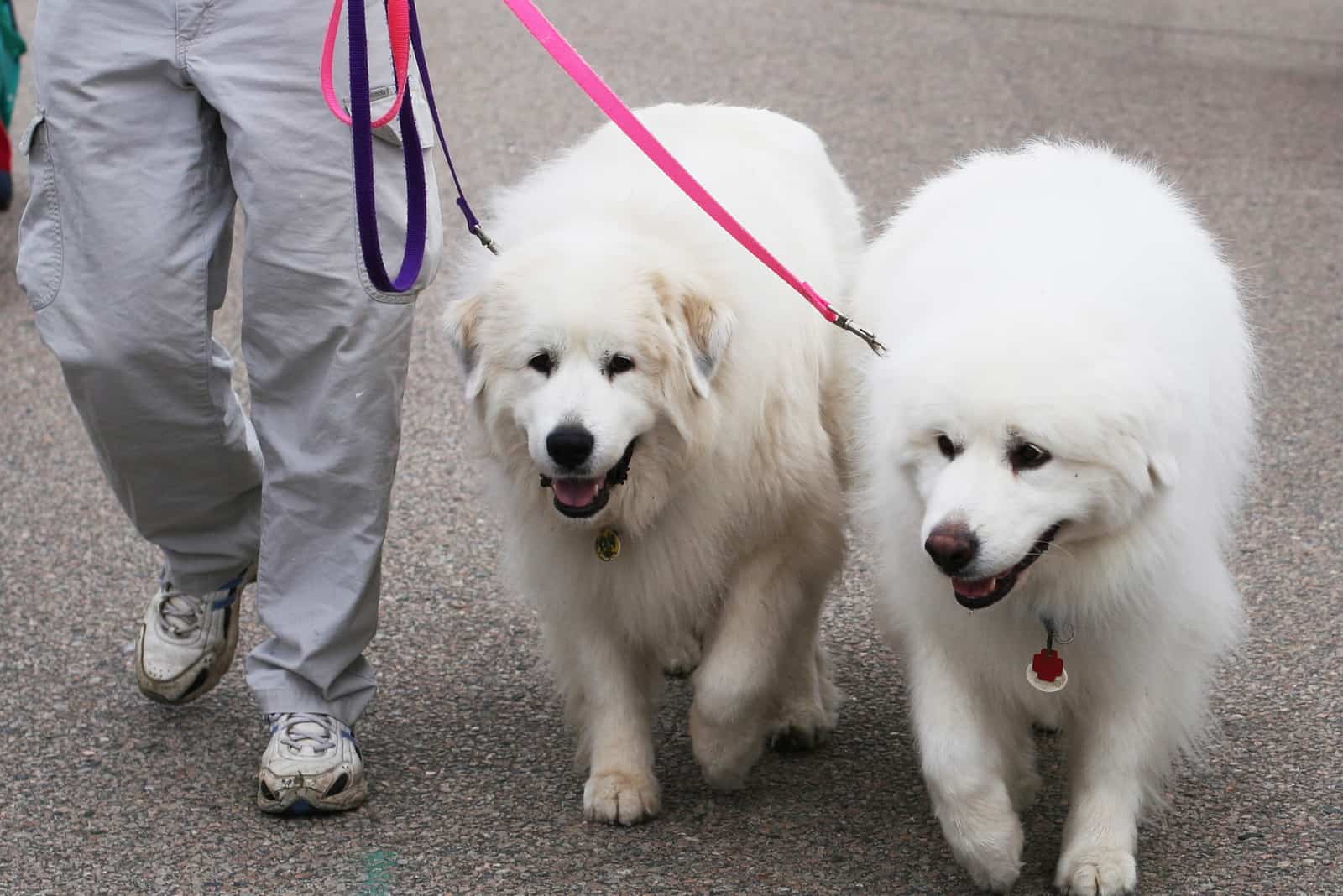
The Great Pyrenees dogs are a large breed with thick double coats, making them high-shedders.
The majestic coat of these gentle giants has helped them significantly throughout history. From harsh mountain winters to summer heat and muddy seasons, there’s nothing their fur can’t withstand.
Although they’re not ideal pets for allergy sufferers, they make incredible companions for all those who are willing to put some effort and a bit of time into grooming.
First-time dog owners need to be prepared to put in extra work during the spring and the fall as Pyrs are seasonal shedders. Taking proper care of your pup’s health, and brushing their coats regularly, will help you minimize the amount of shedding.
By bringing a Great Pyrenees puppy home, you’ll have more cleaning up to do, but in turn, you’ll get an affectionate, loyal friend that’s always there for you.
Read Next:
• Great Pyrenees Training Tips You Didn’t Know You Needed
• How Much Does A Great Pyrenees Cost: Price For A Big Dog
• Great Pyrenees Feeding Chart: A Guide Toward A Healthy Diet




